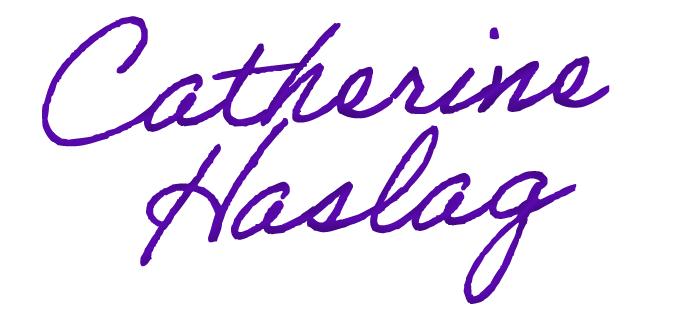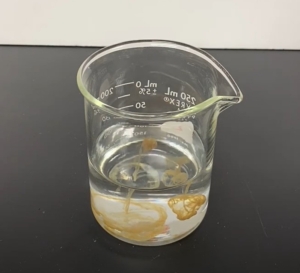Laboratory Expectations for Online Introduction to Chemistry
A college science class is different from other courses you will take because it includes a laboratory component that adds a hands-on application of lecture concepts and experimental techniques. A science class with a laboratory component is like having two classes in one. There are materials and assignments for the lecture and lab. Lecture assignments include reading the textbook, worksheets, exams, and presentations. Lab assignments pre-lab and post-lab assignments, reading the lab manual, watching prelab lecture videos, completing experiments, and writing lab reports. The syllabus and semester schedule outlines all of the assignments for both the lecture and laboratory components of this course.
Preparing for Lab
1. Read the entire lab, including the experimental procedure. Watch any videos that are linked in the introduction to the experiment.
Reading the entire lab will prepare you for what you are doing each week in lab. The introduction section of the experiment includes special safety issues, background information on any specific lab technique we will be conducting, and outline of any formulas you may need. It will make it easier for you to complete the experiment and improve your understanding if start the lab with a basic knowledge of what you will be doing. This will also help prevent possible lab accidents because you will already be familiar with the lab experiment and any safety issues.
Check the semester schedule to see which lab we will be completing this week. DO NOT assume the labs appear in the lab manual in the order we will be doing them.
2. View the posted lab lecture videos and work the problems in the lecture slides before starting the experiment.
Often times the lab will complement the lecture materials for the week. Be sure to watch the lecture videos and work any practice problems in the lecture slides before you do the experiment. This will prepare you to successfully complete the experiment.
3. Gather the experimental materials you need.
A list of all of the chemicals and other supplies you will need for the experiment are listed in the lab. It is your responsibility to gather these supplies before beginning the lab. Most of these materials are household chemicals. The time required to gather the supplies each week will vary, so please plan ahead.
4. Ask your instructor questions.
I am a resource to help you in this class. Please let me know if you have any questions about the experiment or associated assignment. I am happy to help you.
During the Lab
1. Work Safety – Follow the safety rules outlined in the laboratory safety information and any special notes in the introduction of the experiment.
2. Record all of your data neatly and completely (including all units!) on the data table provided.
Each experiment will have a data table designed to help you record and organize you data. Be sure to include units, and write neatly. Your data (qualitative and quantitative) will help you complete the post-lab assignments and write lab reports. The better your data, the easier this work will be for you to complete.
3. Ask your instructor questions.
If you have any doubts during the lab, don’t be afraid to ask questions. You don’t need to know everything when you walk into the lab. You are here to learn and I will do whatever I can to help you do this.
After Lab is Complete
1. Complete the post-lab assignment.
This will be explained by your instructor in the assignment section at the end of the experiment. Post-lab assignments are due via Brightspace.
2. Ask your instructor questions.
I have repeated this three times now. I am serious about students asking questions. It’s how we learn. I am here to answer your questions.
This page was published on August 14, 2023 and last updated on September 1, 2023.
©Catherine Haslag 2023. All Rights Reserved.


 Created using Canva
Created using Canva Created using Canva
Created using Canva